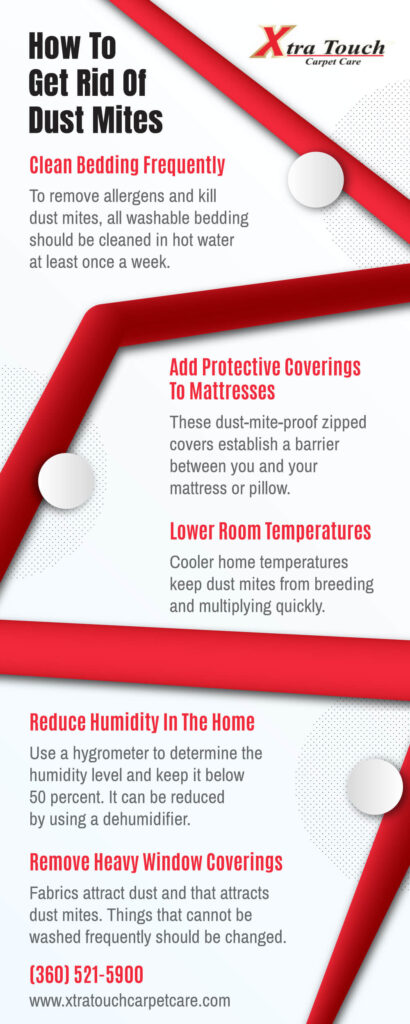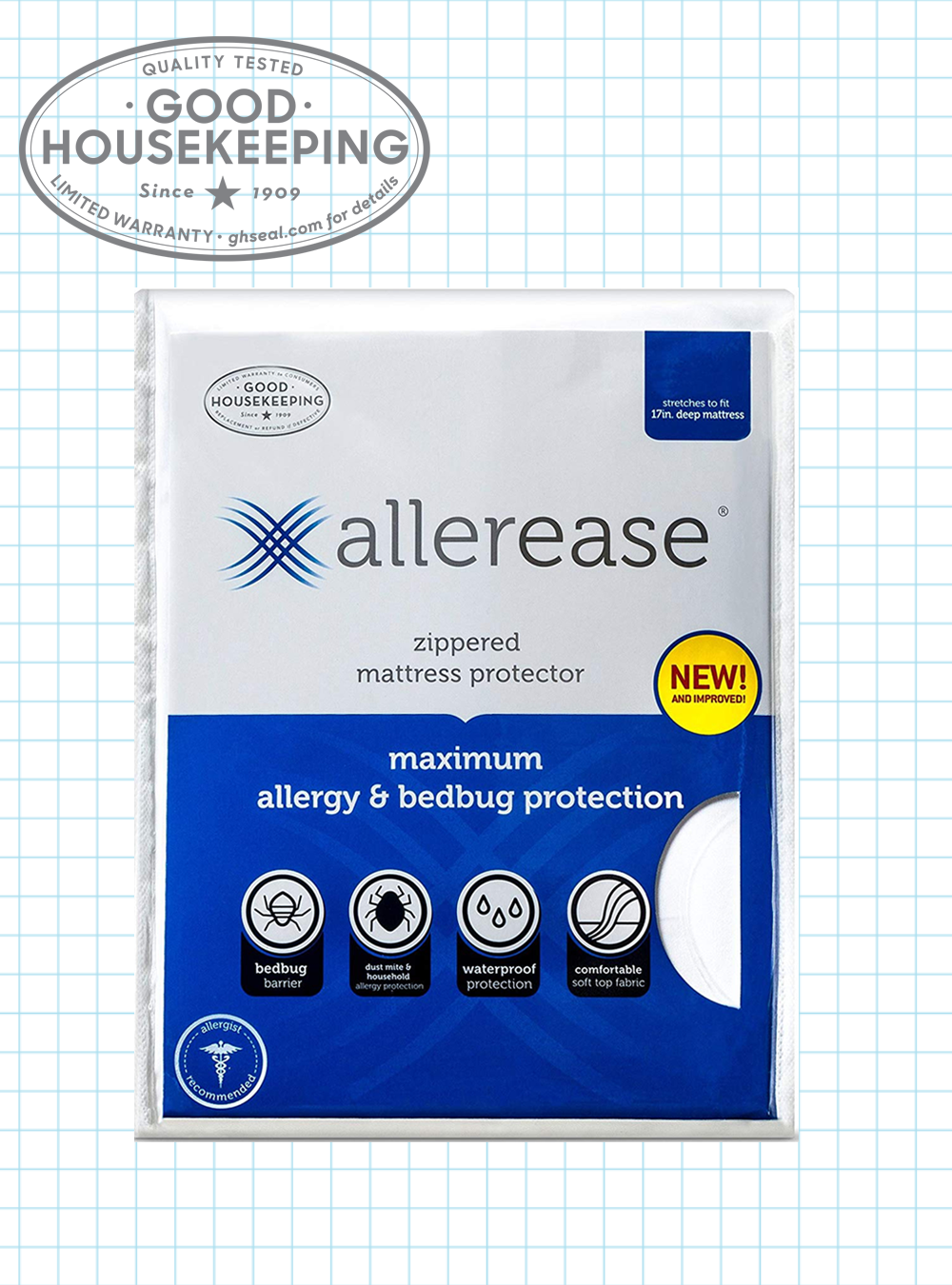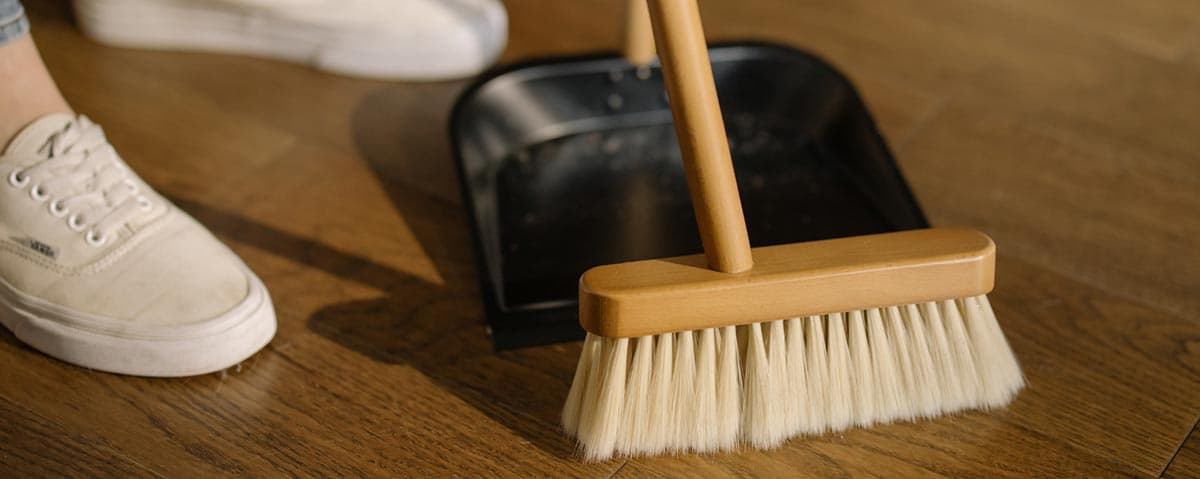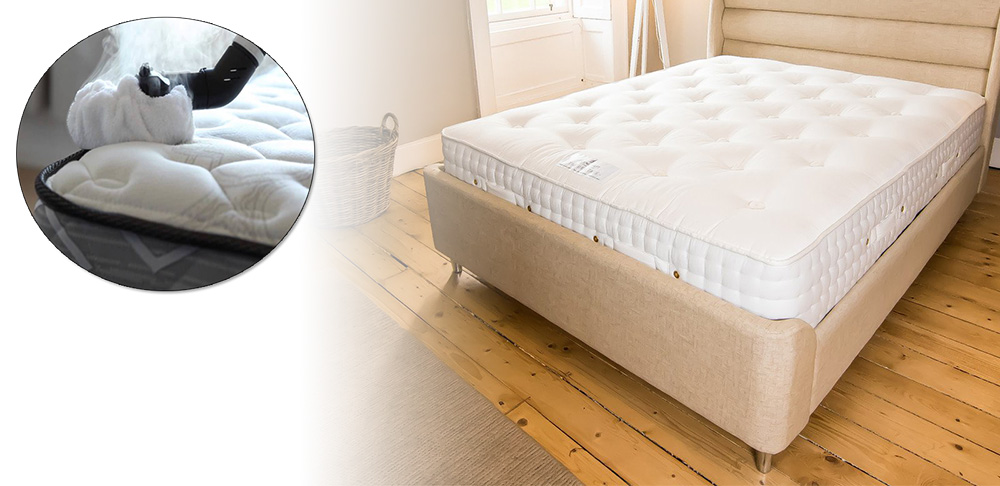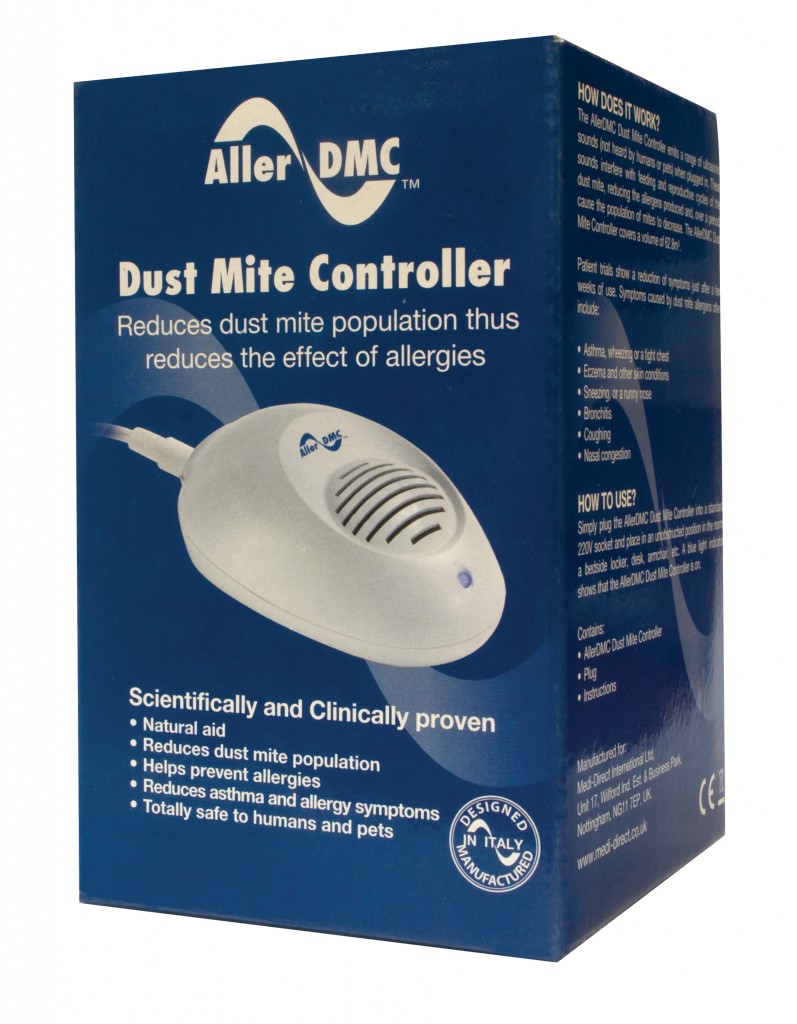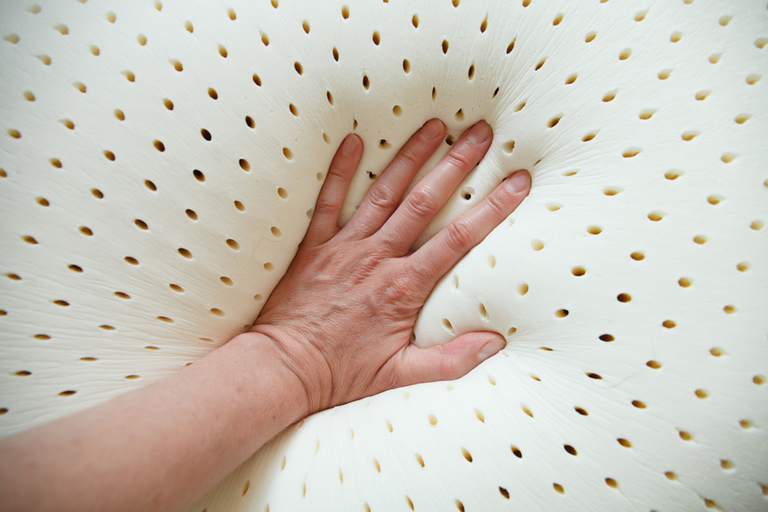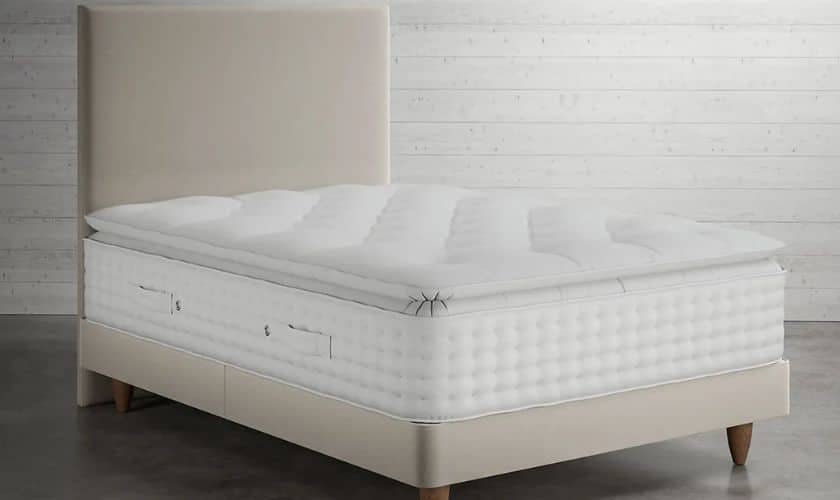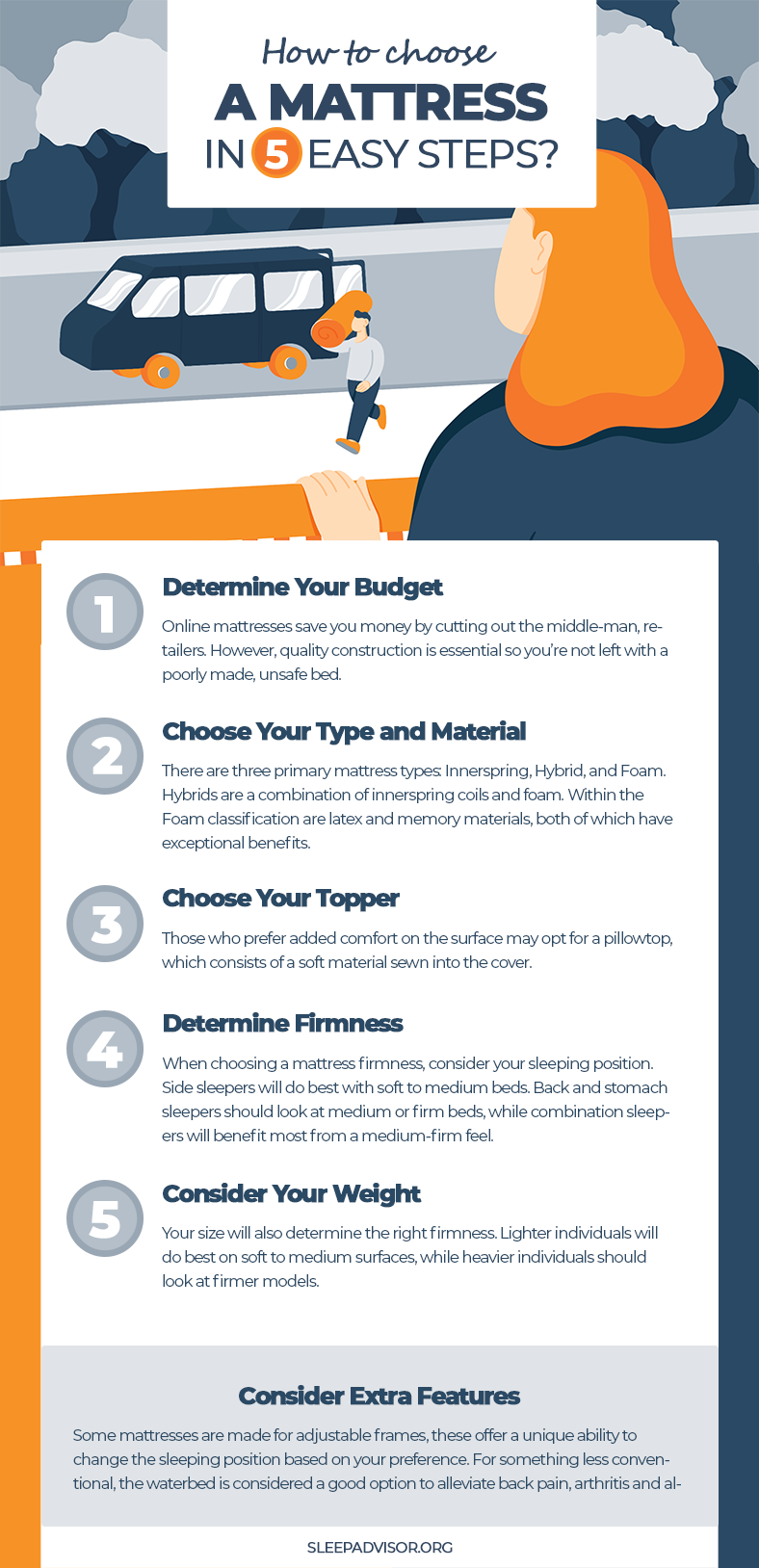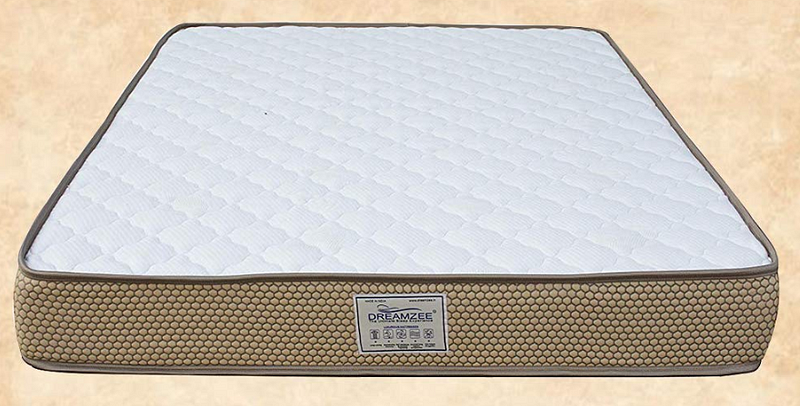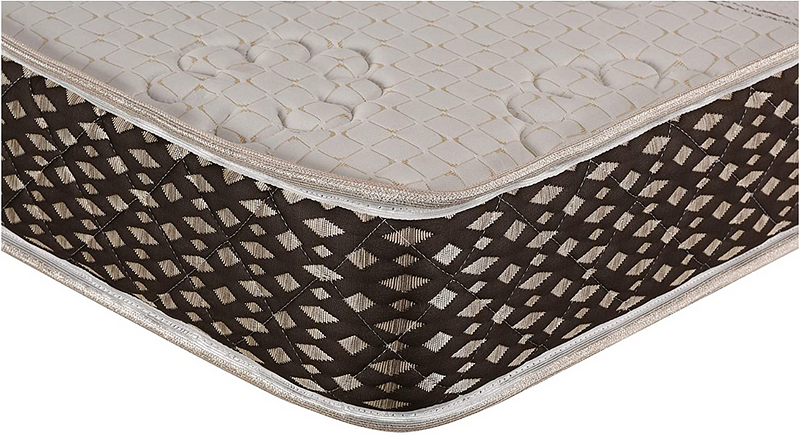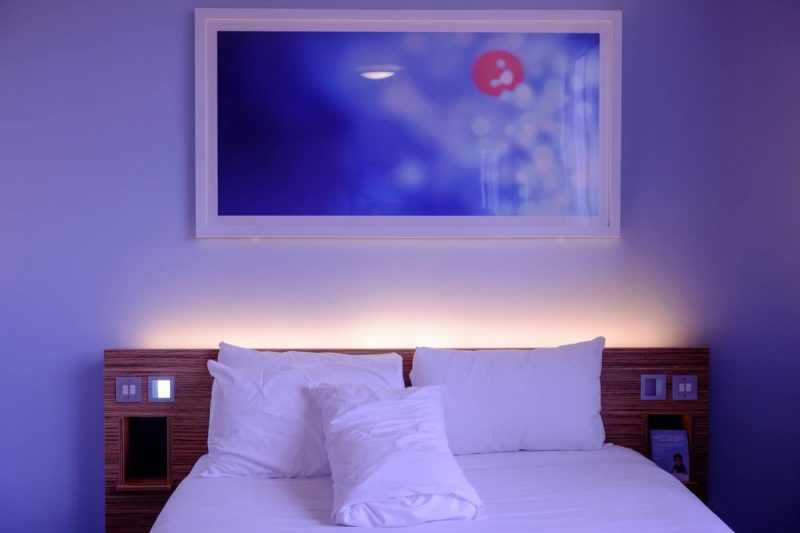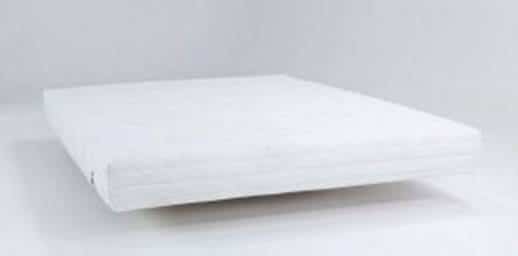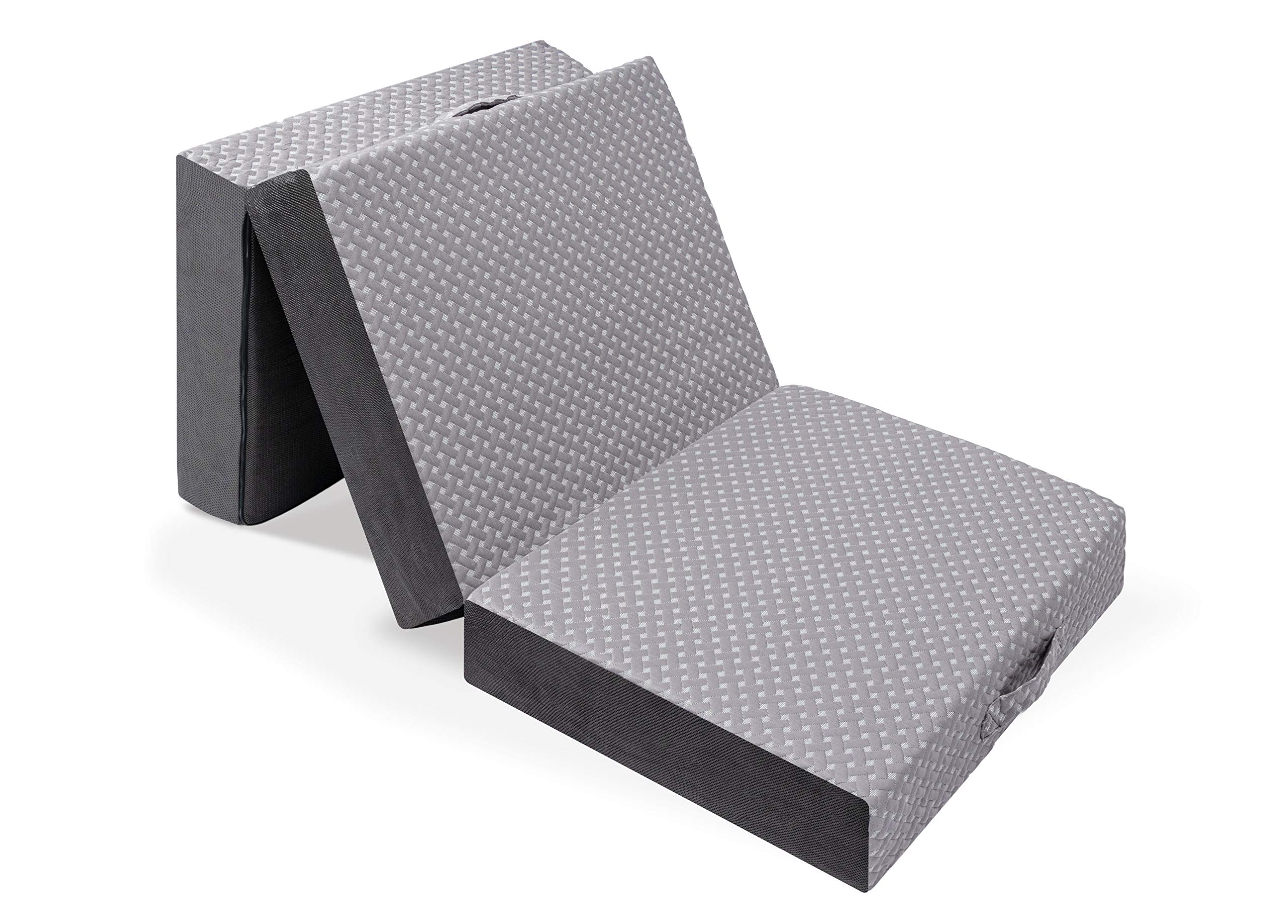When it comes to choosing a mattress, many people turn to latex for its comfort and durability. However, for those who suffer from dust mite allergies, there may be concerns about whether latex mattresses are safe to use. In this article, we will explore the relationship between latex mattresses and dust mites and provide tips on how to keep these unwanted pests away from your sleeping surface.Latex Mattresses and Dust Mites: What You Need to Know
Dust mites are microscopic creatures that thrive in warm, humid environments. They are commonly found in bedding, including mattresses, and can trigger allergies and asthma symptoms in some individuals. The good news is that there are steps you can take to prevent dust mites from taking up residence in your latex mattress. Regularly wash your bedding. Dust mites feed on dead skin cells, so keeping your bedding clean and free of these cells can help reduce their population. Wash your sheets, pillowcases, and mattress cover in hot water once a week to kill any dust mites present. Invest in a dust mite cover. These covers are made of tightly woven fabric that prevents dust mites from getting through. They are an effective barrier between you and the dust mites in your mattress. Vacuum your mattress. Use a vacuum with a HEPA filter to remove any dust mites and their waste from your mattress. Pay special attention to the seams and crevices where dust mites tend to hide. Keep your room cool and dry. Dust mites thrive in warm, humid environments, so keeping your room cool and dry can make your mattress less hospitable for them.How to Keep Dust Mites Away from Your Latex Mattress
If you suffer from dust mite allergies, you may be wondering if a latex mattress can provide some relief. The answer is yes, and here's why: Latex mattresses are hypoallergenic. Latex is naturally resistant to dust mites, mold, and mildew, making it a great choice for those with allergies. Unlike other materials like memory foam, latex does not provide a hospitable environment for dust mites to thrive. Latex mattresses are anti-microbial. Latex has antimicrobial properties that prevent the growth of bacteria and fungi, which can attract dust mites. This makes latex mattresses a healthier option for those with dust mite allergies. Latex mattresses are easy to clean. Unlike traditional coil mattresses, latex mattresses can be easily cleaned and maintained, making it easier to keep dust mites at bay.Can Latex Mattresses Help with Dust Mite Allergies?
Aside from being hypoallergenic and anti-microbial, latex mattresses offer a host of other benefits when it comes to preventing dust mites: They are durable. Latex mattresses can last up to 20 years, which means you won't have to replace your mattress as often. This reduces the chances of dust mite infestations due to wear and tear. They are customizable. Latex mattresses come in different firmness levels, allowing you to choose the one that best suits your needs. A firmer mattress can also help reduce the buildup of dust mites compared to a softer one. They are eco-friendly. Latex mattresses are made from natural materials, making them a more sustainable and environmentally-friendly option. This can also be beneficial for those with allergies, as synthetic materials can sometimes trigger reactions.The Benefits of Latex Mattresses for Dust Mite Prevention
While latex mattresses are resistant to dust mites, it's important to note that they are not completely immune to them. Dust mites can still find their way into your mattress through your bedding, and if left unchecked, can still cause problems for those with allergies. This is why it's essential to regularly clean and maintain your latex mattress to keep dust mites at bay. By following the tips mentioned above, you can ensure that your mattress remains a safe and comfortable sleeping surface.Understanding the Relationship Between Latex Mattresses and Dust Mites
Vacuum regularly. As mentioned before, vacuuming your mattress is an effective way to remove dust mites and their waste. Make sure to use a vacuum with a HEPA filter for best results. Spot clean stains immediately. If you spill something on your mattress, clean it up as soon as possible. Stains can attract dust mites and make your mattress more hospitable for them. Rotate your mattress. To prevent uneven wear and tear, rotate your latex mattress every three months. This can also help reduce the buildup of dust mites in certain areas. Invest in a quality mattress cover. As mentioned before, a dust mite cover can be a game-changer when it comes to keeping these pests away. Make sure to choose one made of tightly woven fabric and wash it regularly.How to Clean and Maintain Your Latex Mattress to Prevent Dust Mites
When it comes to latex mattresses, there are a few different types to choose from: Natural latex. This type of latex is made from the sap of rubber trees and is considered the most eco-friendly option. It is also naturally resistant to dust mites, making it a great choice for those with allergies. Synthetic latex. This is made from petrochemicals and is less expensive than natural latex. While it may not be as environmentally-friendly, it still offers good dust mite resistance. Blended latex. This type of latex is a mix of natural and synthetic latex and offers a balance of durability and affordability. It may not be as resistant to dust mites as natural latex, but it is still a good option for those on a budget. Ultimately, the best type of latex mattress for dust mite prevention will depend on your personal preferences and budget. Just make sure to choose a reputable brand and look for certifications that ensure the latex used is of high quality.The Best Types of Latex Mattresses for Dust Mite Prevention
Myth: Latex mattresses are completely dust mite-proof. As mentioned before, while latex mattresses are resistant to dust mites, they are not entirely immune to them. Regular cleaning and maintenance are still necessary to prevent dust mites from taking up residence in your mattress. Myth: Memory foam mattresses are better for dust mite allergies. While memory foam mattresses are also resistant to dust mites, they can still provide a hospitable environment for them to thrive. Latex mattresses, on the other hand, have antimicrobial properties that can further prevent dust mites from settling in. Myth: All latex mattresses are the same. As mentioned before, there are different types of latex mattresses, and their resistance to dust mites may vary. Make sure to do your research and choose the one that best fits your needs.Common Misconceptions About Latex Mattresses and Dust Mites
Look for certifications. Certifications such as Oeko-Tex Standard 100 and Global Organic Latex Standard (GOLS) ensure that the latex used in the mattress is of high quality and free from harmful chemicals. Consider the manufacturing process. Talalay latex is known to be more resistant to dust mites than Dunlop latex due to its unique manufacturing process. Keep this in mind when choosing your latex mattress. Read reviews. Before making a purchase, make sure to read reviews from other customers to see if the mattress has worked well for those with dust mite allergies. This can help you make a more informed decision.Tips for Choosing a Latex Mattress That is Resistant to Dust Mites
While latex mattresses are known for their durability, it's essential to replace them every 8-10 years. Over time, the materials in the mattress can break down and become less resistant to dust mites. By regularly replacing your mattress, you can ensure that it remains a safe and comfortable sleeping surface for years to come.The Importance of Regularly Replacing Your Latex Mattress to Avoid Dust Mites
The Truth About Dust Mites in Latex Mattresses

Understanding Dust Mites in Your Home
 When it comes to creating a comfortable and healthy home, many people turn to latex mattresses for their many benefits. These mattresses are known for their durability, comfort, and hypoallergenic properties. However, one question that often arises is whether or not latex mattresses can have dust mites.
Dust mites are tiny insects that are invisible to the naked eye, but can cause major problems for those with allergies or asthma. These mites thrive in warm and humid environments, making our homes the perfect breeding ground for them. They can be found in many areas of the house, including bedding, carpets, and upholstered furniture.
When it comes to creating a comfortable and healthy home, many people turn to latex mattresses for their many benefits. These mattresses are known for their durability, comfort, and hypoallergenic properties. However, one question that often arises is whether or not latex mattresses can have dust mites.
Dust mites are tiny insects that are invisible to the naked eye, but can cause major problems for those with allergies or asthma. These mites thrive in warm and humid environments, making our homes the perfect breeding ground for them. They can be found in many areas of the house, including bedding, carpets, and upholstered furniture.
The Myth About Dust Mites and Latex Mattresses
 There is a common misconception that latex mattresses are not susceptible to dust mites due to their natural and hypoallergenic properties. While it is true that latex is naturally resistant to dust mites, this does not mean that they cannot live in a latex mattress. The truth is, dust mites can still thrive in latex mattresses if the conditions are right.
Latex mattresses are made from the sap of rubber trees, which is then processed and formed into a foam material. This foam is then covered with a fabric cover, which can provide a warm and humid environment for dust mites to thrive in. Additionally, dust mites can still make their way into the layers of the mattress through the small openings in the fabric cover.
There is a common misconception that latex mattresses are not susceptible to dust mites due to their natural and hypoallergenic properties. While it is true that latex is naturally resistant to dust mites, this does not mean that they cannot live in a latex mattress. The truth is, dust mites can still thrive in latex mattresses if the conditions are right.
Latex mattresses are made from the sap of rubber trees, which is then processed and formed into a foam material. This foam is then covered with a fabric cover, which can provide a warm and humid environment for dust mites to thrive in. Additionally, dust mites can still make their way into the layers of the mattress through the small openings in the fabric cover.
How to Keep Dust Mites at Bay in Your Latex Mattress
 While it is impossible to completely eliminate dust mites from your home, there are steps you can take to minimize their presence in your latex mattress. One way is to regularly vacuum and clean your mattress cover to remove any dust or debris that may attract dust mites. You can also invest in a mattress protector that is specifically designed to keep dust mites out.
Another effective way to combat dust mites is to control the humidity levels in your home. Dust mites thrive in humid environments, so keeping the humidity levels below 50% can help prevent their growth. This can be achieved by using a dehumidifier or air conditioner.
While it is impossible to completely eliminate dust mites from your home, there are steps you can take to minimize their presence in your latex mattress. One way is to regularly vacuum and clean your mattress cover to remove any dust or debris that may attract dust mites. You can also invest in a mattress protector that is specifically designed to keep dust mites out.
Another effective way to combat dust mites is to control the humidity levels in your home. Dust mites thrive in humid environments, so keeping the humidity levels below 50% can help prevent their growth. This can be achieved by using a dehumidifier or air conditioner.
The Bottom Line
 In conclusion, while latex mattresses may have natural properties that make them resistant to dust mites, they are not completely immune to these pesky insects. It is important to regularly clean and maintain your latex mattress to keep dust mites at bay. By taking the necessary precautions, you can enjoy all the benefits of a latex mattress without worrying about dust mites.
In conclusion, while latex mattresses may have natural properties that make them resistant to dust mites, they are not completely immune to these pesky insects. It is important to regularly clean and maintain your latex mattress to keep dust mites at bay. By taking the necessary precautions, you can enjoy all the benefits of a latex mattress without worrying about dust mites.














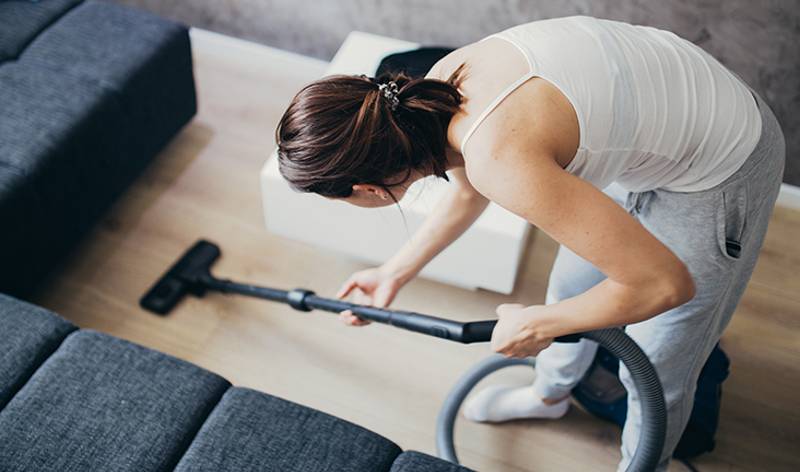


/d2890-1-56a5200b5f9b58b7d0daf1d9.jpg)







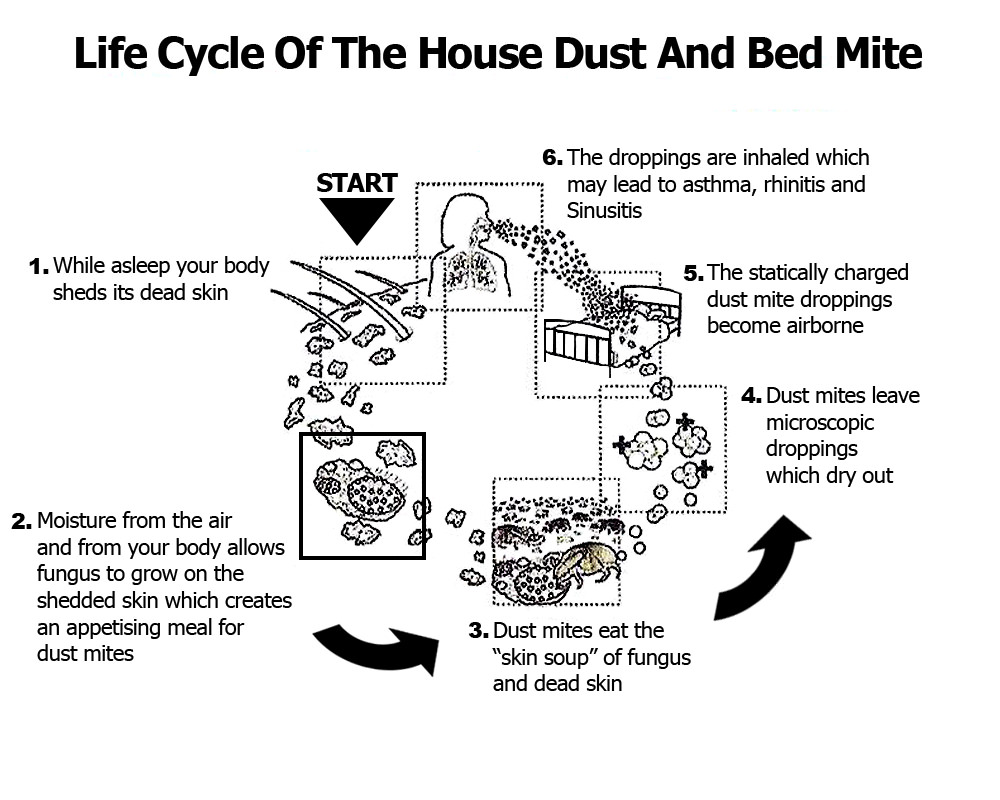

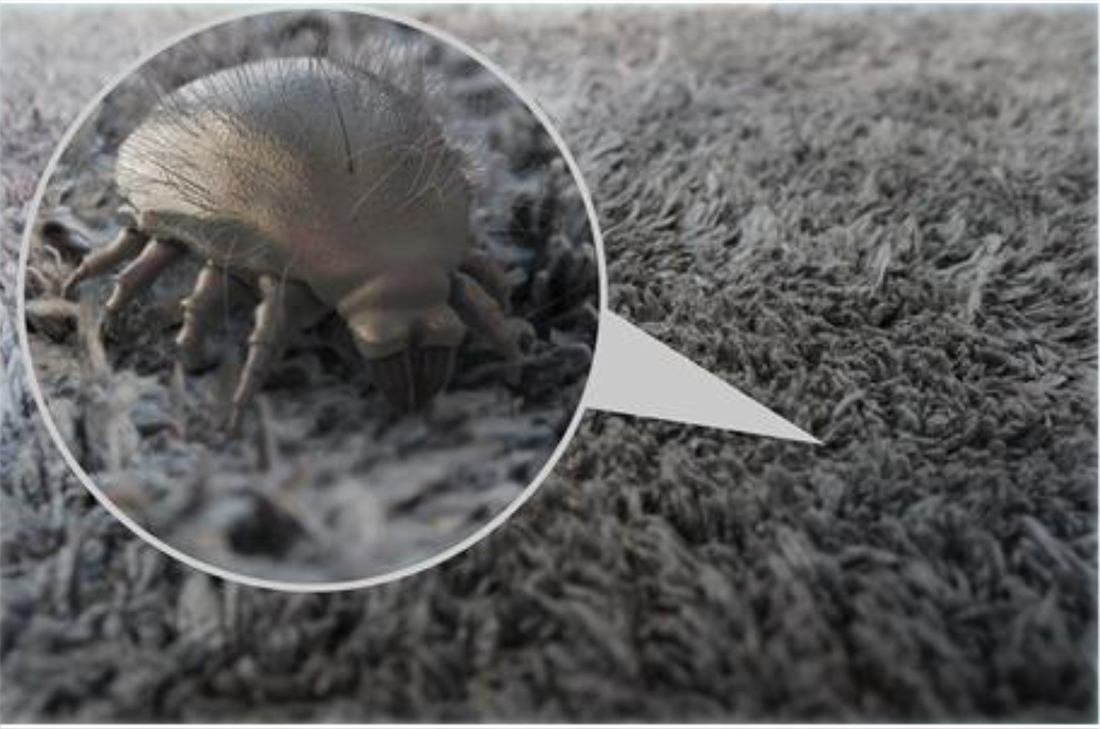
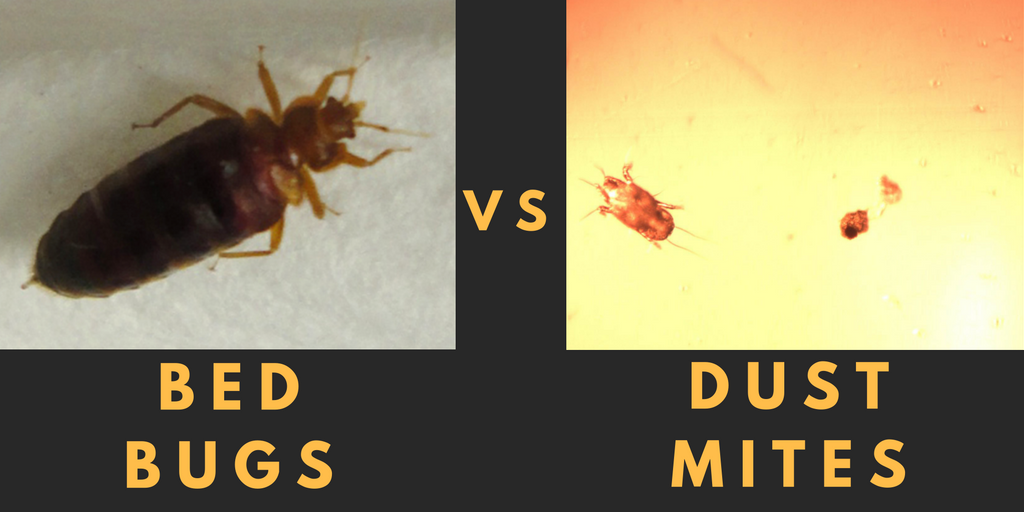


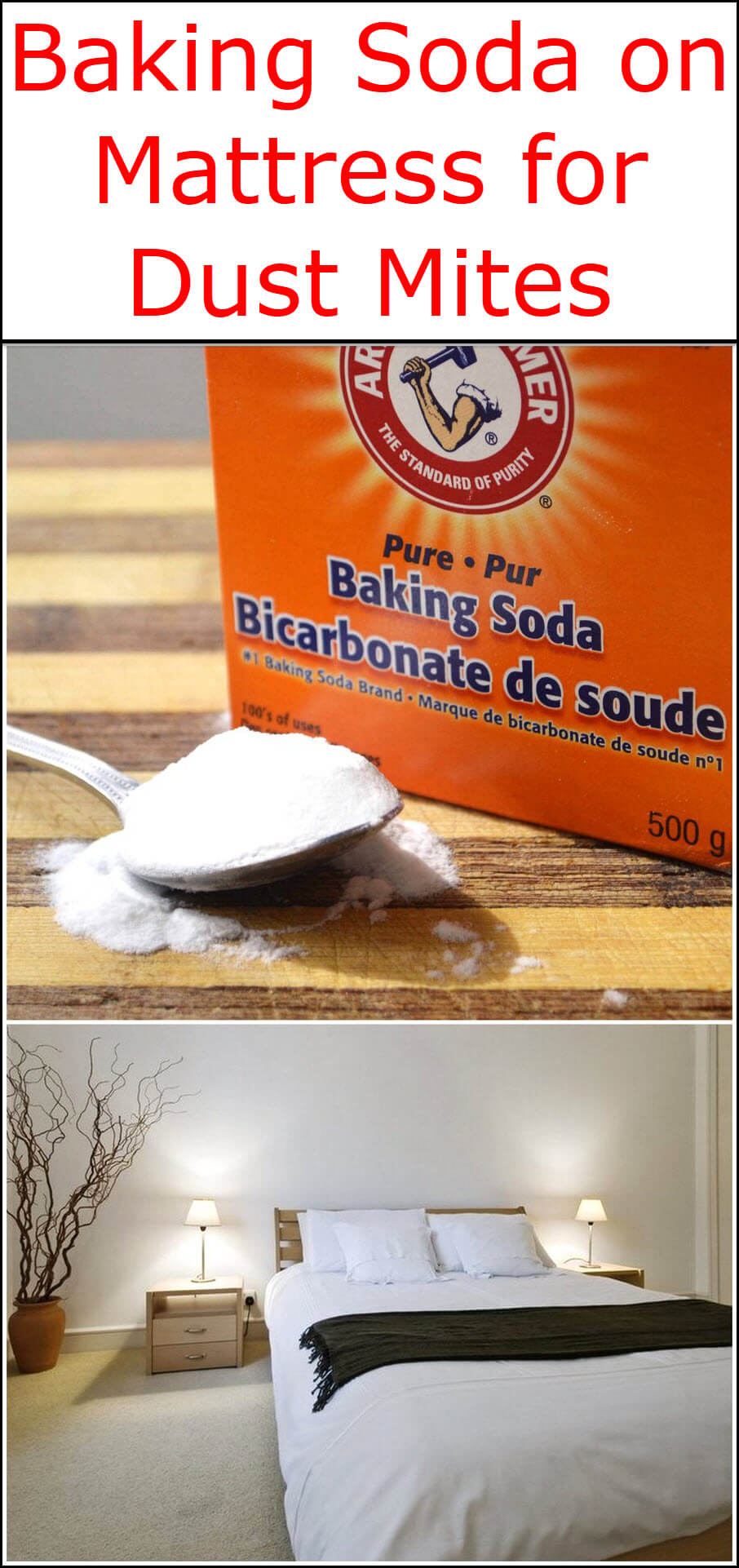

:max_bytes(150000):strip_icc()/VWH_Illustration_Tips-for-Reducing-Dust-Mite-Exposure_Illustrator_Theresa-Chiechi_Final-94dd99c38fe1418788d4a793e800dc86.jpg)






